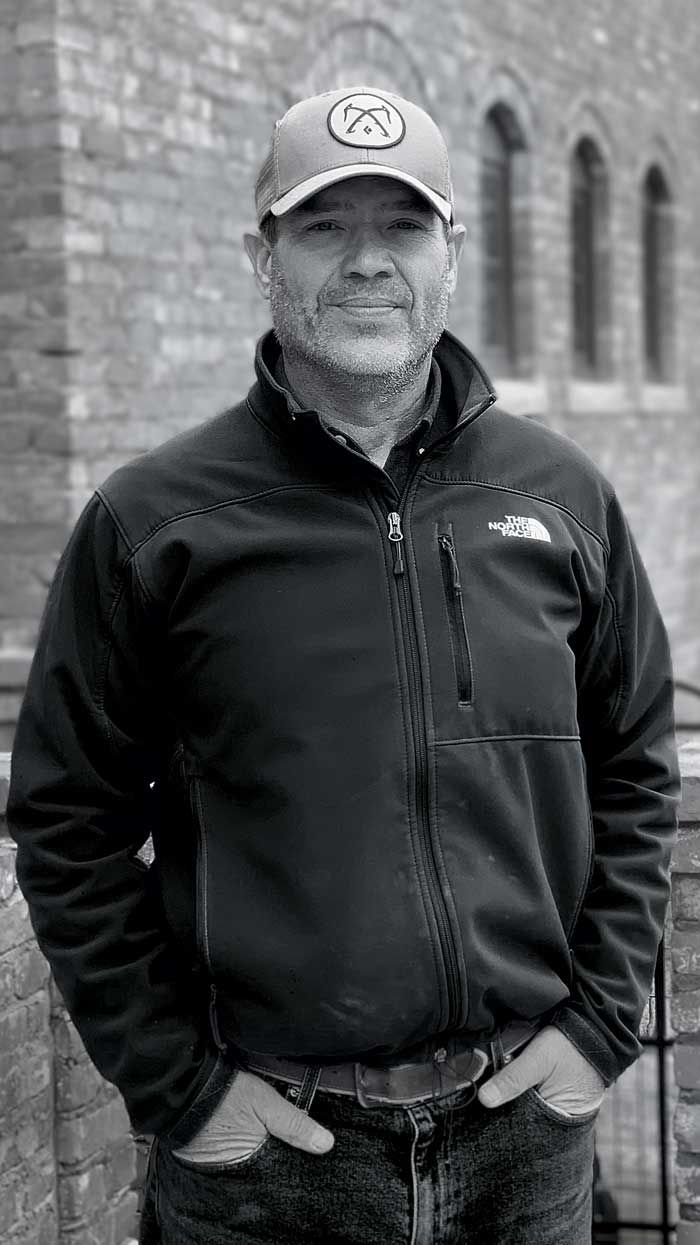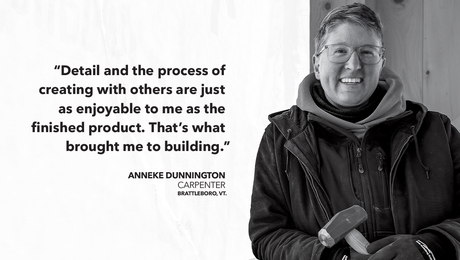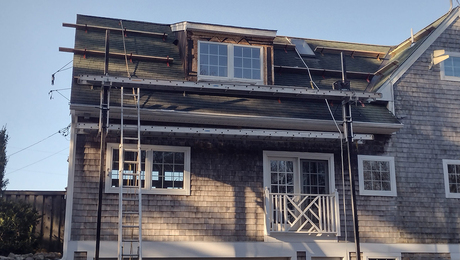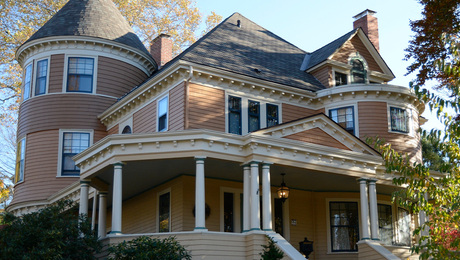Keep Craft Alive: Clay Chapman, Mason
This mason leverages traditional techniques to build sustainable, affordable brick homes that provide a solution to today's modern building challenges.

“ A simple, honest building is much better than an elaborate house with unnecessary elements.”
– Clay Chapman, Mason, Carlton Landing, Okla.
Take one look at Clay Chapman’s masonry and you’re almost certain to consider it the work of another era, when structural brick buildings were ubiquitous and attention to design and detail seemed at least equally as important as time and budget—a stark contrast to many of the veneered homes you see today. Clay’s work is not a historical replication, though, and it would be a mistake to look at the homes he is building, and how he is building them, as mere novelty. These are modern homes, leveraging traditional structural masonry techniques to provide a solution for a variety of contemporary building challenges: sustainability, rising energy costs, and housing affordability.
Driven by a fine arts background and a concern for the high carbon footprint and disposability of contemporary construction, Clay has been building projects across the South, brick by brick, that are sure to last generations. It’s the very nature of structural masonry, both in process and use, that Clay and his clients find compelling. Beyond the manufacture and transport of the brick itself, there is little embodied energy in the three-wythe walls that he constructs, particularly when you consider the longevity of the structures. Teams from Clemson University have confirmed the efficiency of this mass-wall approach in his climate, and Clay is able to offer his projects at a price point that’s competitive with other homes in the area.
The beauty of brick homes is striking. People are drawn to them, and, as it turns out, drawn to building them. Through an apprenticeship program, Clay has hosted students from the University of Notre Dame School of Architecture and elsewhere in an effort to spark a structural masonry revival that puts less-resilient building behind us.
—Rob Yagid, executive director, Keep Craft Alive
From Fine Homebuilding #289




























